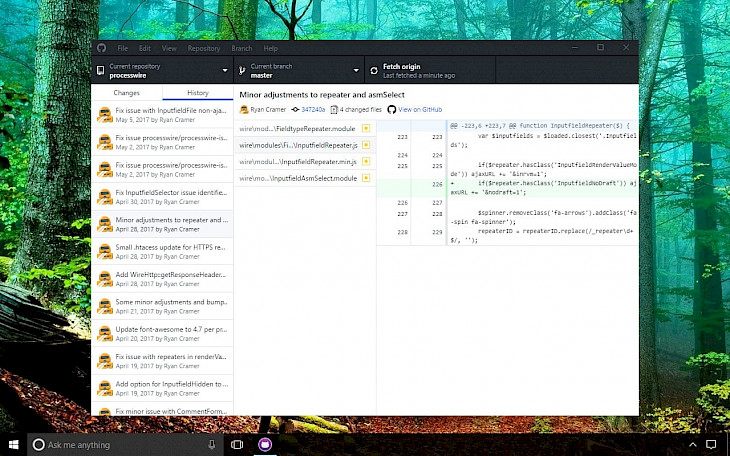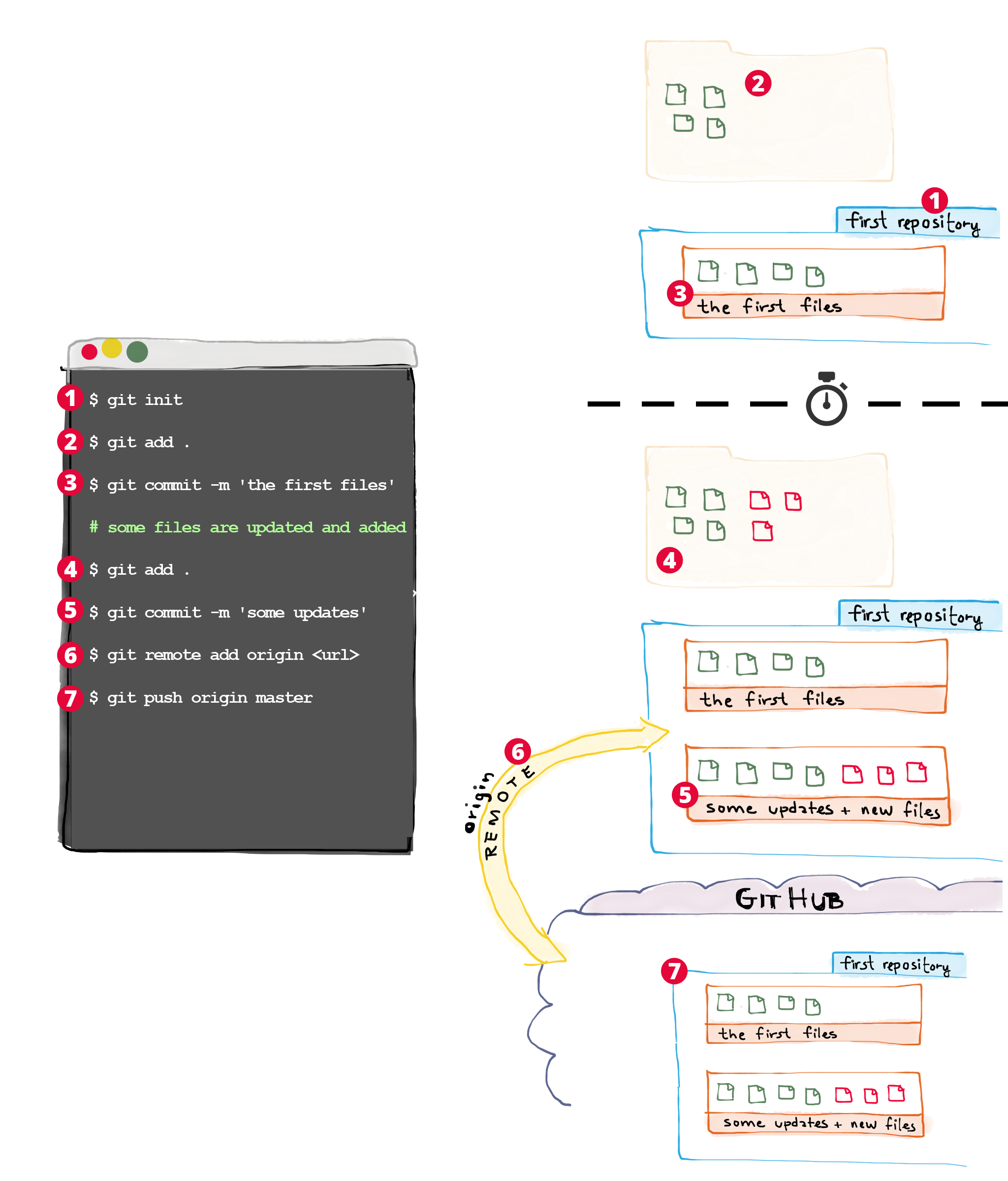

You can also manually or request a review from specific people or teams. Your repository may be configured to automatically request a review from specific teams or users when a pull request is created. In addition to filling out the body of the pull request, you can add comments to specific lines of the pull request to explicitly point something out to the reviewers. For more information, see " Basic writing and formatting syntax" and " Linking a pull request to an issue." If you link with a keyword, the issue will close automatically when the pull request merges. If your pull request addresses an issue, link the issue so that issue stakeholders are aware of the pull request and vice versa. You can include images, links, and tables to help convey this information. When you create a pull request, include a summary of the changes and what problem they solve. For more information, see " Creating a pull request." If you want early feedback or advice before you complete your changes, you can mark your pull request as a draft. Pull request review is so valuable that some repositories require an approving review before pull requests can be merged. Create a pull requestĬreate a pull request to ask collaborators for feedback on your changes. Additionally, if there is a delay in one set of changes, your other changes aren't also delayed. It also makes it easier for you and future collaborators to understand the changes and to revert or build on them. This makes it easier for reviewers to give feedback. Tip: Make a separate branch for each set of unrelated changes. It also means that your collaborators can see your work, answer questions, and make suggestions or contributions.Ĭontinue to make, commit, and push changes to your branch until you are ready to ask for feedback.

This means that you can access your work from any device. If you put the variable rename and tests in the same commit or spread the variable rename across multiple commits, you would spend more effort reverting your changes.īy committing and pushing your changes, you back up your work to remote storage. Later, if you want to keep the tests but revert the variable rename, you can revert the specific commit that contained the variable rename. For example, if you want to rename a variable and add some tests, put the variable rename in one commit and the tests in another commit. This makes it easy to revert your changes if you decide to take a different approach. Ideally, each commit contains an isolated, complete change. For example, fix typo or increase rate limit. Give each commit a descriptive message to help you and future contributors understand what changes the commit contains.

Your changes will not end up on the default branch until you merge your branch.Ĭommit and push your changes to your branch. If you make a mistake, you can revert your changes or push additional changes to fix the mistake. Your branch is a safe place to make changes. For more information, see " Creating new files", " Editing files", " Renaming a file", " Moving a file to a new location", or " Deleting files in a repository". On your branch, make any desired changes to the repository. Additionally, you give collaborators a chance to review your work. For more information, see " Creating and deleting branches within your repository."īy creating a branch, you create a space to work without affecting the default branch. For example, increase-test-timeout or add-code-of-conduct.

A short, descriptive branch name enables your collaborators to see ongoing work at a glance. Create a branchĬreate a branch in your repository. Tip: You can complete all steps of GitHub flow through GitHub web interface, command line and GitHub CLI, or GitHub Desktop.


 0 kommentar(er)
0 kommentar(er)
